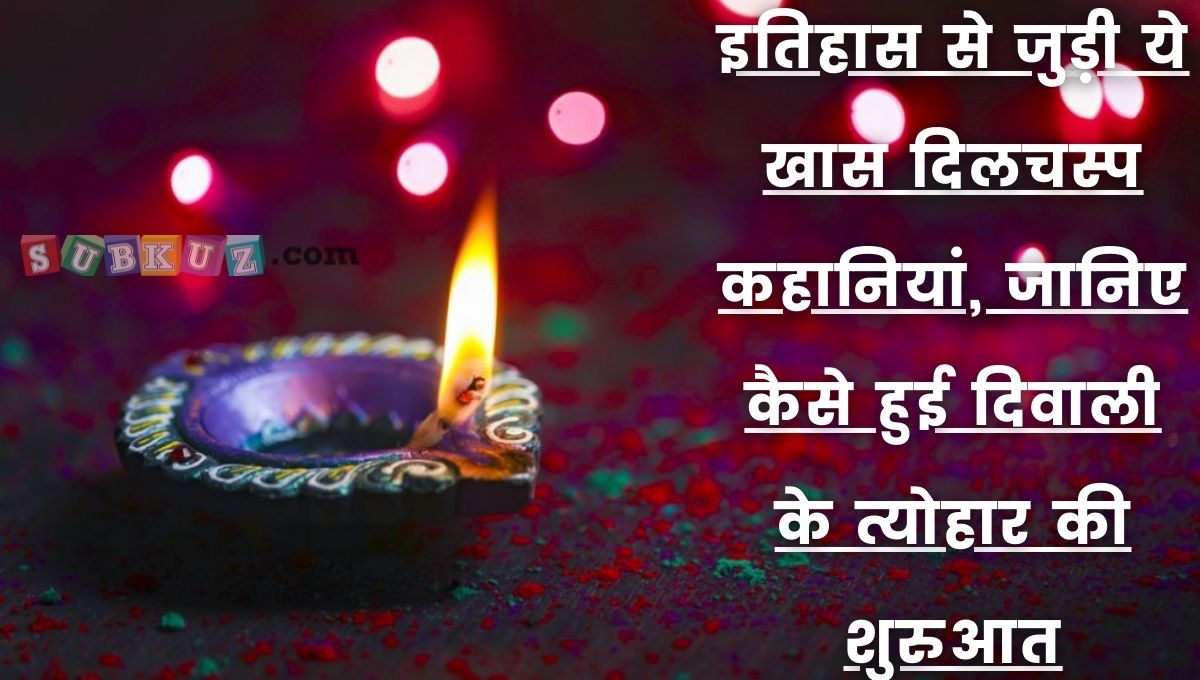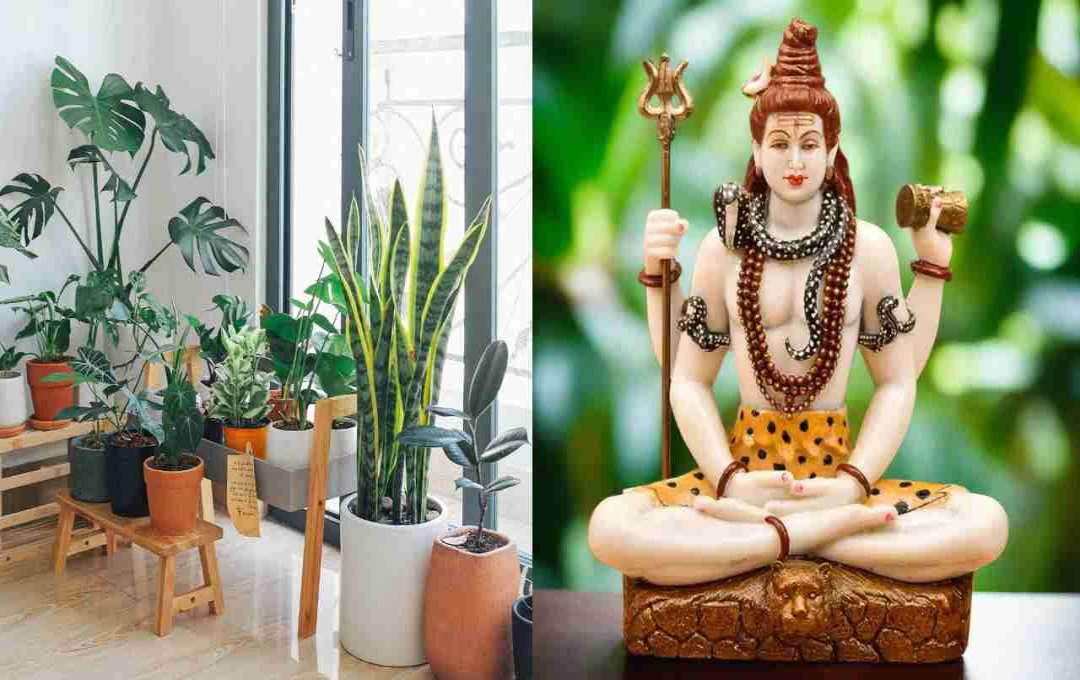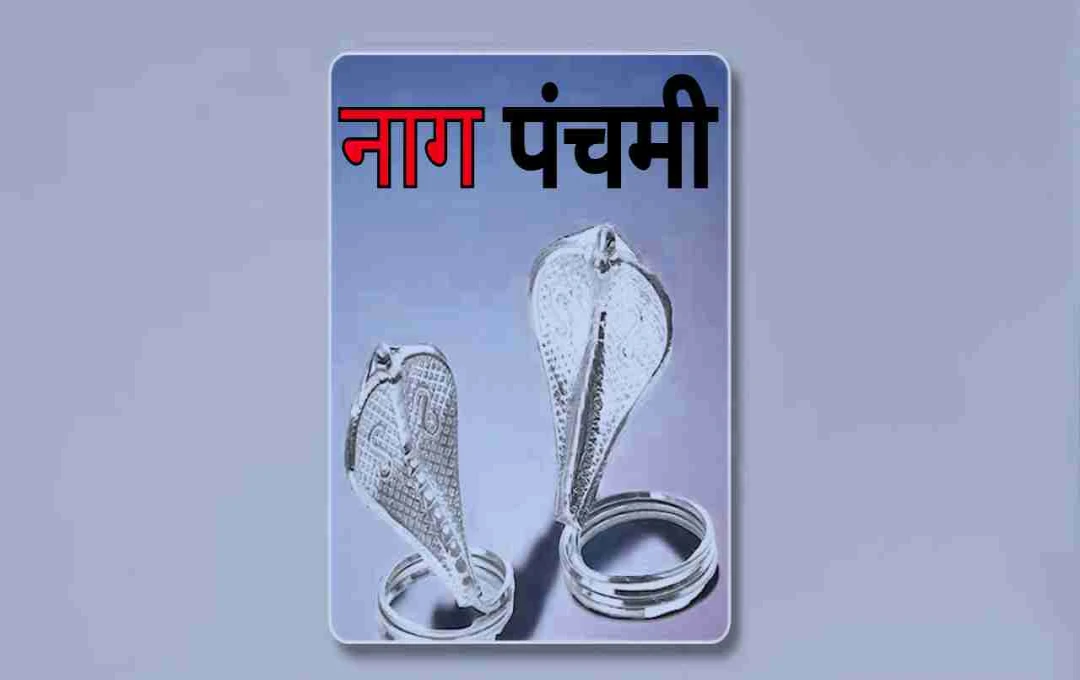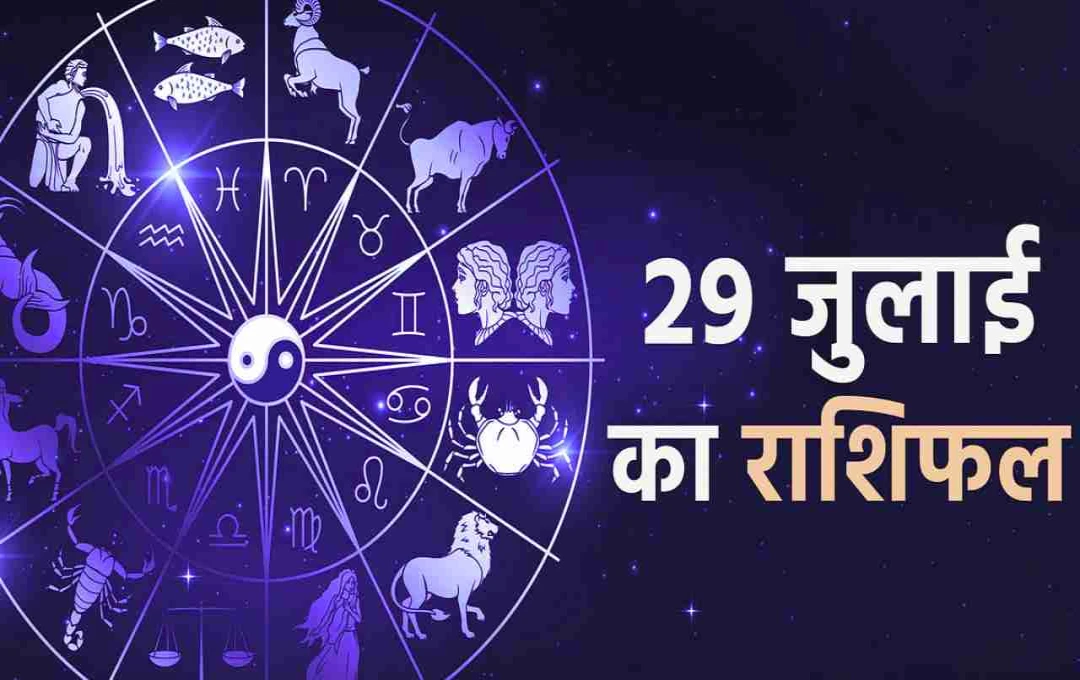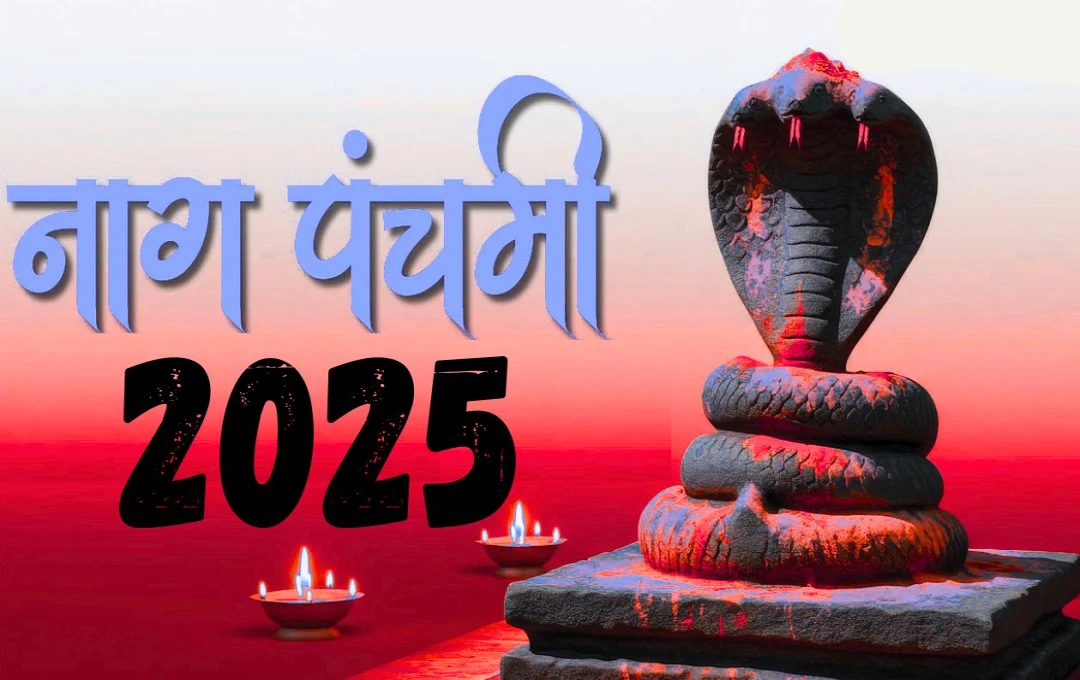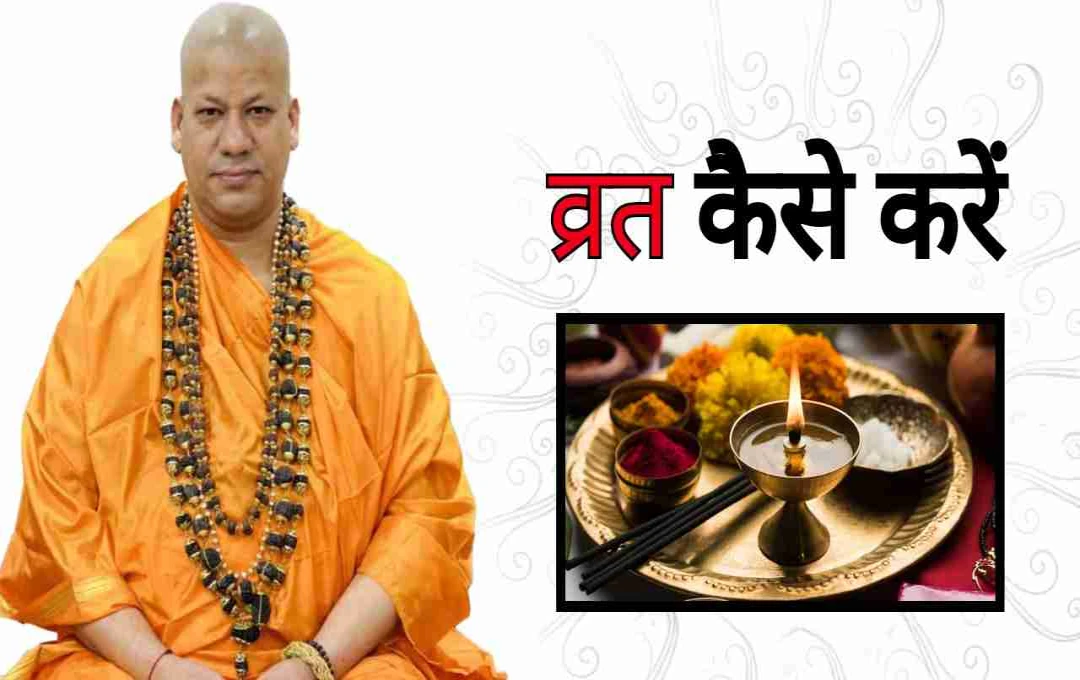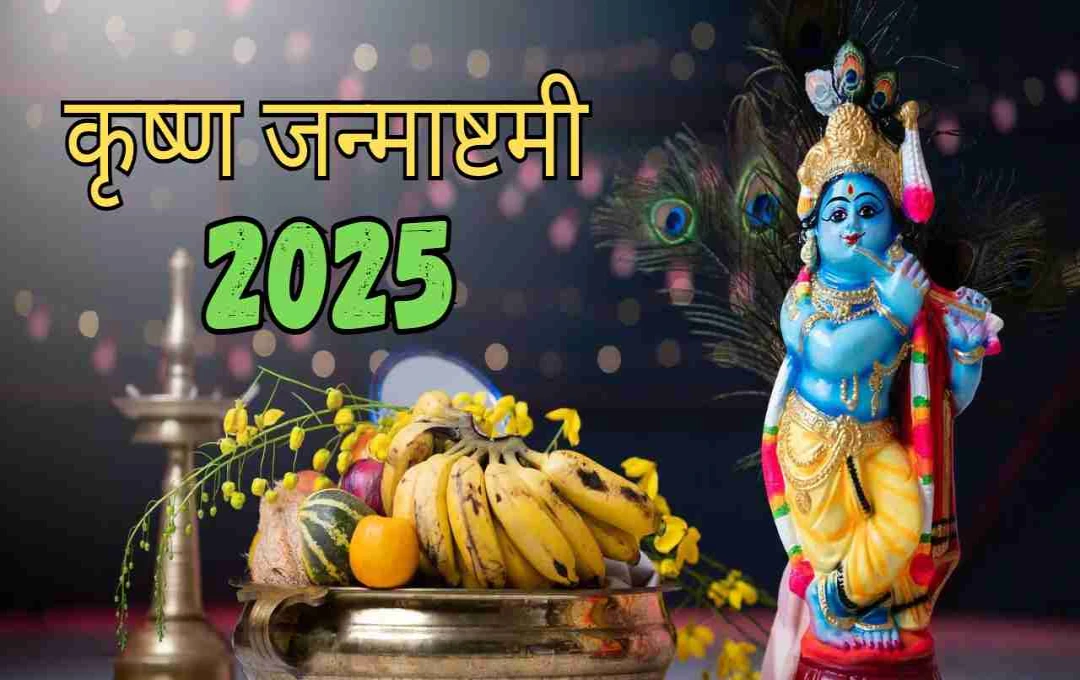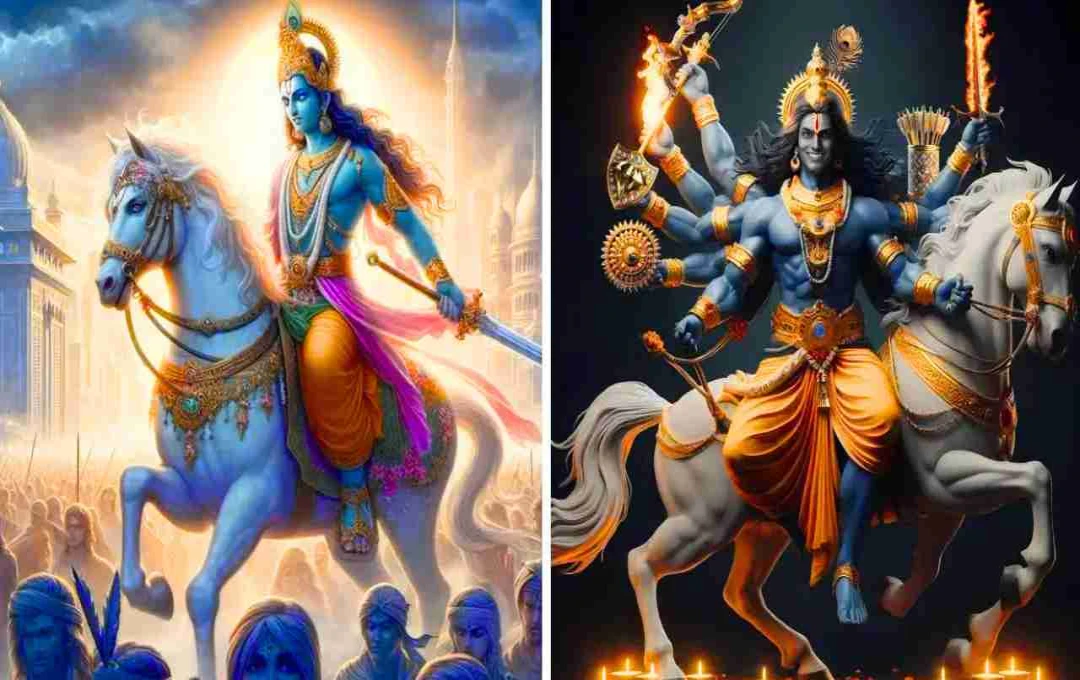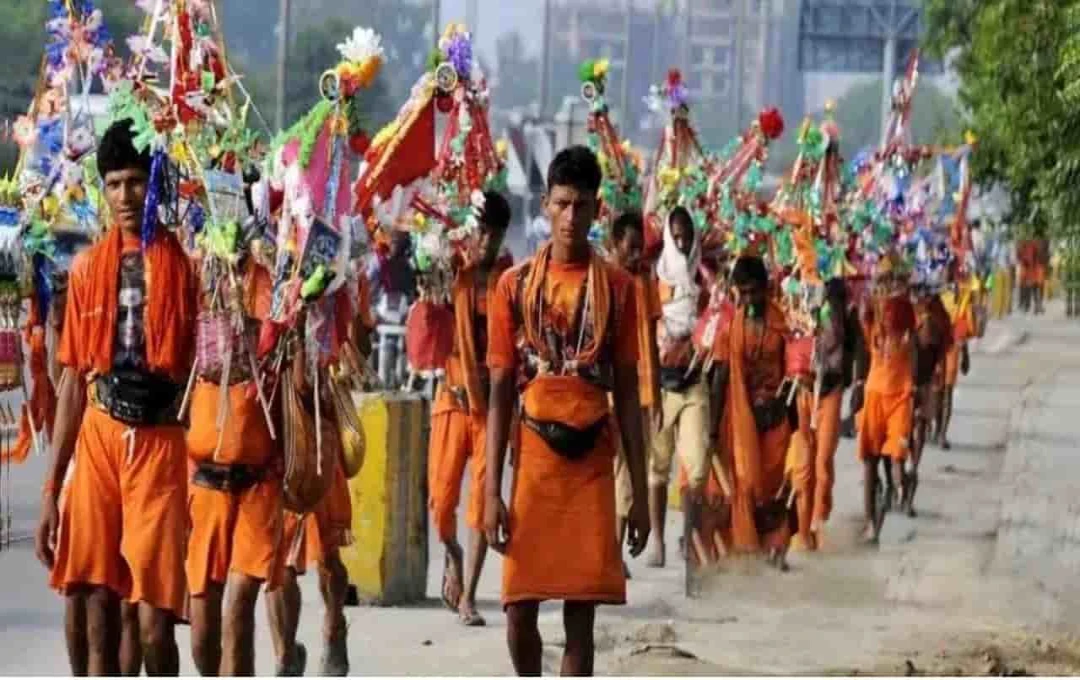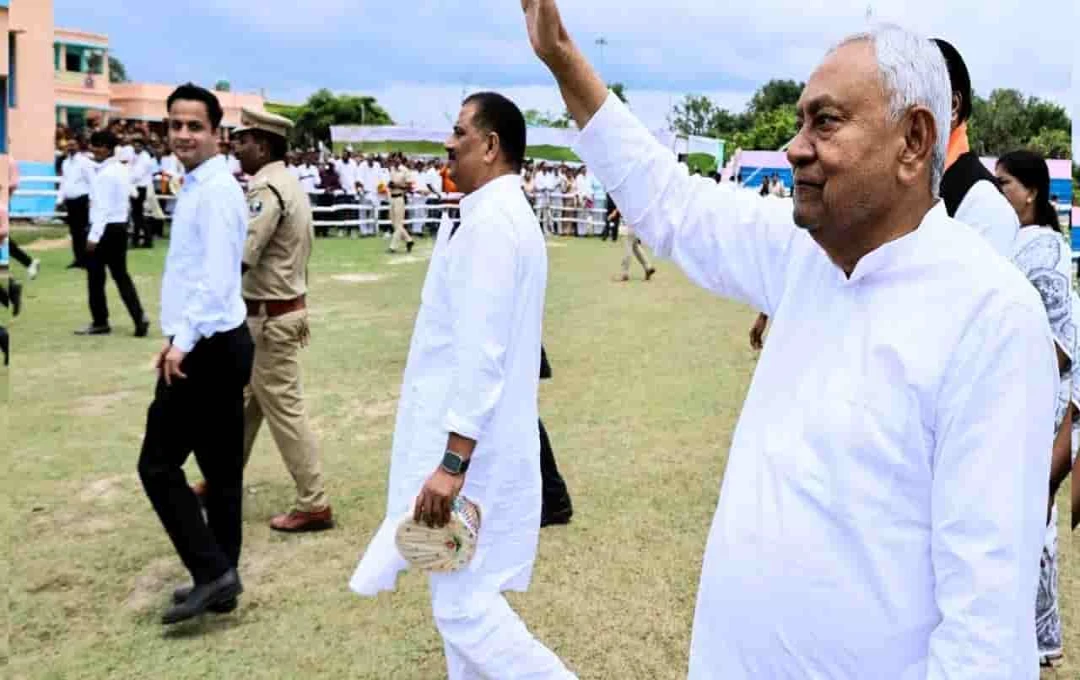Fascinating Facts About Diwali: Exploring Its Origins
India, a land of festivals, welcomes the grand Diwali celebration during the Kartik month. This festival of lights brings joy and merriment to all. Diwali is one of the most vibrant and diverse festivals in Indian culture, showcasing a dazzling display of lamps and lights across the nation. This festival is eagerly awaited by people of all ages. Diwali holds significant historical and religious importance, as evidenced by various religious texts. Let's delve into the rich religious aspects associated with Diwali.
King Bali, aiming to establish dominion over the three realms, decided to perform the Ashwamedha Yagna. Concerned by this, the gods sought aid from Lord Vishnu. Lord Vishnu, in response, took the Vamana avatar and approached King Bali seeking alms. The mighty and generous King Bali had already conquered the three realms. At the gods' plea, Lord Vishnu, in the form of Vamana, asked King Bali for a gift of land measuring three steps. Despite understanding the Lord's intent, the generous King, out of respect and tradition, readily granted the request. Lord Vishnu, with those three steps, encompassed the entire three worlds. Impressed by Bali's generosity, Lord Vishnu bestowed upon him the kingdom of the netherworld (Patala) and promised that Diwali would be celebrated each year in his memory.
When Lord Rama returned to Ayodhya after vanquishing Ravana in Treta Yuga, the citizens welcomed him with lit lamps and joyous celebrations.
Lord Krishna vanquished the demon Narakasura on the Chaturdashi (day before Diwali). In celebration, the Gokul residents lit lamps the following day, the Amavasya (new moon day).
On the Kartik Amavasya, the sixth Sikh Guru, Guru Hargobind Singh, liberated himself from imprisonment by Emperor Jahangir and returned to Amritsar.
Followers of Lord Buddha, the founder of Buddhism, celebrated Diwali 2500 years ago by lighting thousands of lamps to welcome him.
Remains from the Mohenjo-daro civilization (circa 500 BCE) reveal images of a mother goddess statue flanked by lamps, suggesting that Diwali was celebrated even during that era.
The construction of the Golden Temple in Amritsar also began on Diwali day.
On the day of Diwali, Lord Mahavira, the 24th Tirthankara of Jainism, attained Nirvana (liberation) in Pawapuri, Bihar. The Jain calendar's new year, also known as the Mahavira Nirvana Samvat, begins on this day in many regions.
When Lord Krishna defeated the evil demon Narakasura, the people of Braj celebrated by lighting lamps.
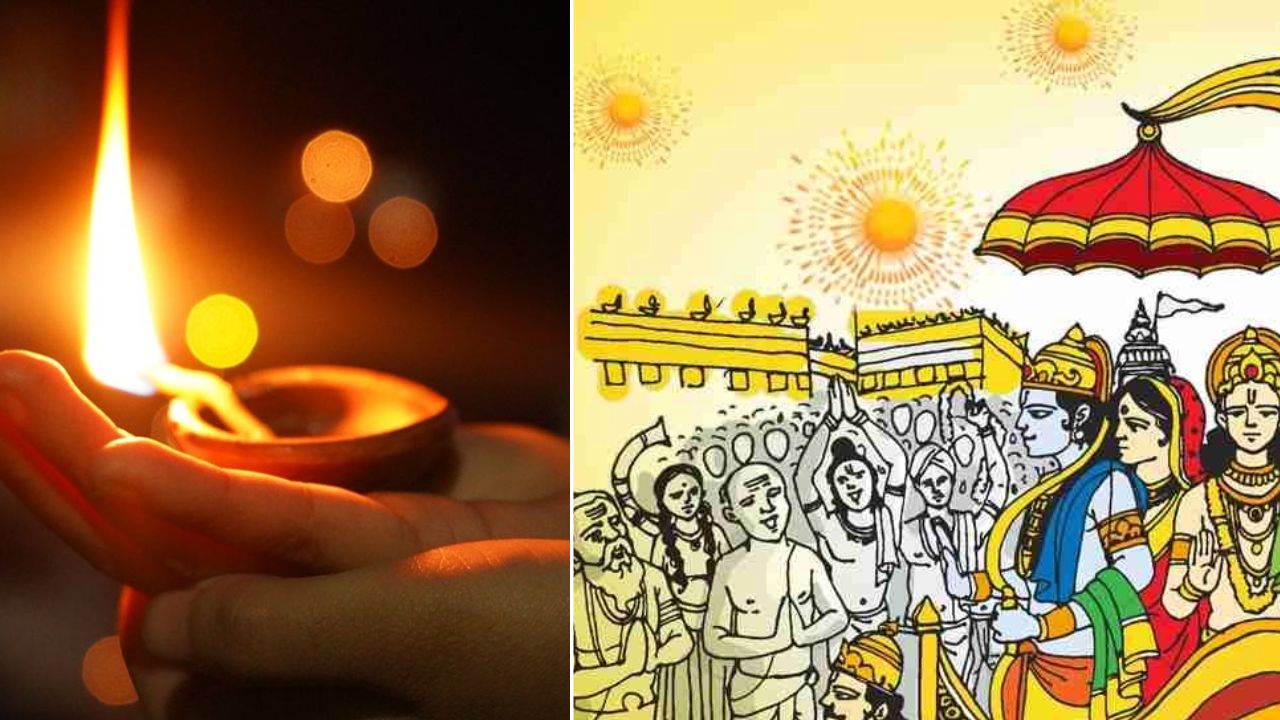
After vanquishing the demons, Goddess Kali's anger lingered. Lord Shiva calmed her wrath by lying at her feet. In remembrance of this, Lakshmi and Kali are worshipped on Diwali.
Emperor Bahadur Shah Zafar observed Diwali as a significant festival. During the reign of Shah Alam II, Diwali celebrations with participation from both Hindus and Muslims were held at the Red Fort.
Swami Ramtirth was born and passed away on Diwali day. He attained salvation by meditating, uttering "Om," on the banks of the Ganges.
Maharishi Dayananda also passed away on Diwali near Ajmer. He founded the Arya Samaj.
During Emperor Akbar's reign (founder of Din-e-Ilahi), a massive lamp was hung from a 40-foot pole in front of the treasury on Diwali.
Emperor Vikramaditya's coronation also took place on Diwali, accompanied by joyous celebrations and the lighting of lamps.
The Kautilya Arthashastra (4th century BCE) mentions the practice of lighting lamps in temples and along riverbanks on Kartik Amavasya.
While customs and traditions may vary across regions, Diwali is celebrated across generations, with families cleaning their homes, dressing in new clothes, exchanging sweets, and greeting each other. This festival of light conquering darkness embodies a message of joy, unity, and love within communities.
